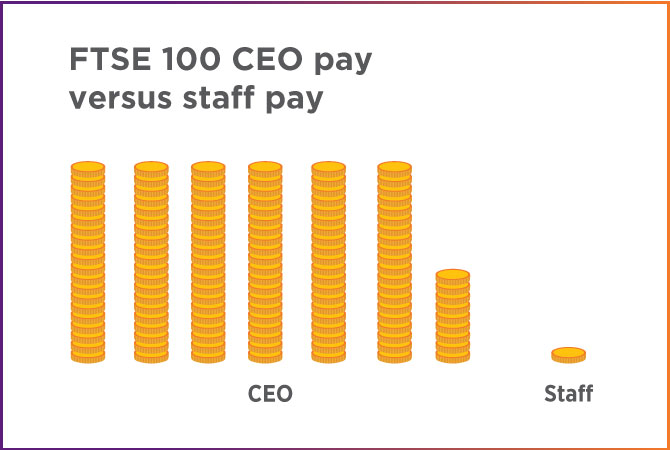
Analysis | How could rises in pension contributions affect employers?
CIPD pay and reward adviser Charles Cotton examines how potential changes to pensions in the UK could affect employers, and what the implications could be for those in HR
This report looks at how CEO pay in the UK’s largest firms has changed between the financial years 2015 and 2016
This report from the CIPD and the High Pay Centre examines FTSE 100 CEO pay packages, which show that rewards at the top have dropped by almost a fifth, but still remain extraordinarily high.
While these findings are based on UK data, the broader trends and implications should be of interest wherever you are based.

The report looks at how CEO pay in the UK’s largest firms has changed between the financial year to 2015 and the financial year to 2016. It finds that over this period, FTSE 100 CEO remuneration has fallen by 17%, from £5.4 million in 2015 to £4.5 million in 2016.
However, while there has been a significant drop in CEO pay, it would still take the average UK full-time worker on a salary of £28,000 (median full-time earnings) 160 years to earn what an average FTSE 100 CEO is paid in just one year. Although the average pay packages of the 25 highest paid CEOs have dropped by 24% to £9.4m in 2016, rewards for the 32 lowest paid chief executives in the FTSE 100 have increased as firms ‘chase the median’.
The CIPD and the High Pay Centre look forward to seeing the UK Government’s responsible business reforms when they come out later this year.

We would encourage companies to disclose:

CIPD pay and reward adviser Charles Cotton examines how potential changes to pensions in the UK could affect employers, and what the implications could be for those in HR

Learn about the UK law surrounding workplace pensions and how to choose new schemes or review existing pension arrangements



Read our latest Labour Market Outlook report for analysis on employers’ recruitment, redundancy and pay intentions

Based on an assessment of FTSE 100 annual reports and focus groups with investors and HR leaders, this report gives benchmarking data, insights and practical recommendations for improving workforce reporting practices

Survey findings on employer and employee perspectives on trade union representation and relations, giving expert insight. The report makes recommendations on how to prepare for the key Employment Rights Bill reforms around trade union rights and strengthen employer and trade union partnership for mutual gain

Research in this report suggests that improving leadership and people management can help raise the motivation and productivity of the public sector workforce